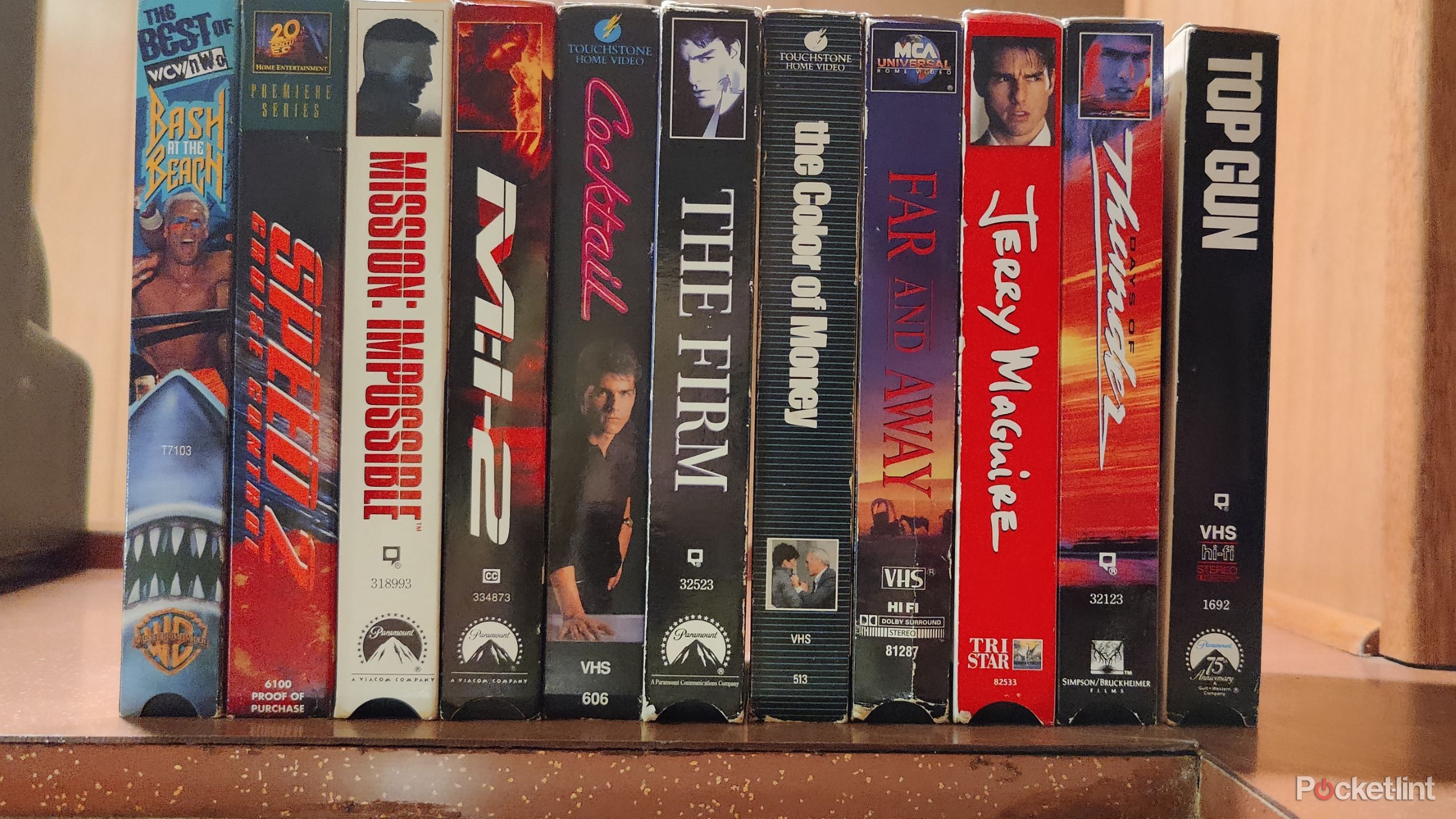Summary
- Upscaling interpolates pixels to produce a higher-resolution version of low-resolution content, for instance upgrading an image from 1080p to 4K.
- The greater the gap in resolution, the more conspicuous upscaling tends to look, most commonly resulting in overly smooth images. Don’t expect DVDs to look as good as Blu-rays.
- You may need to buy a specialized upscaler for analog devices like VCRs and old gaming consoles. Often, classic consoles won’t play properly on modern TVs.
It won’t shock you to learn that in the pre-HD era, few people talked about the resolution of TVs. It was irrelevant for the average person — anything you watched was going to be at least slightly fuzzy, no matter the size of the screen. The moment 720p sets were available, though, 480p felt antiquated, and that fear of missing out has only intensified since the arrival of 1080p, 4K, and 8K. We’re not about to jump to 16K, thankfully, so there should be a few years’ worth of calm.
The good news for anyone buying a 1080p or 4K TV these days is that they benefit from a technology called upscaling. In a moment I’ll explain the basics of how upscaling works, as well as its limitations — making some suggestions on when you might need to spend more cash for the sharpest possible picture.
What is upscaling?
A solution to a very common problem
The short version is that upscaling takes a low-resolution image and blows it up to a higher resolution. While this might sound like luxury at first, it’s a practical function, in many cases — if you fed a 480p DVD to a 4K TV without serious image processing, the onscreen content would be 36 times smaller than the display, or stretched so badly as to make it equally unwatchable.
Any recent smart TV has some form of upscaling built-in.
To elaborate, a processor at some point in the pipeline is interpolating the extra pixels needed for a consistent full-screen picture. Once that’s done, post-processing effects are applied to clean the image up, such as noise reduction, sharpening, and/or anti-aliasing (smoothing out jagged edges). There are different algorithms for all of this, the best of which are seamless — you’d never know the onscreen detail wasn’t recorded pixel-for-pixel. In the earlier days of the technology, things were a little more fraught. Many years ago, for example, I saw an upscaled version of Gladiator playing on a store’s demo TV, and everything was so smooth and flat as to be distracting.
Any recent smart TV has some form of upscaling built-in. Other devices may have their own upscaling hardware, though, one notable example being the dock for the Nintendo Switch 2. On its own, a Switch 2 is limited to 1080p — but chips inside the dock support scaling to 1440p or 4K. If need be, you can buy dedicated upscalers, but these are usually overkill outside of niche applications like retro gaming or VCRs. TVs can be ill-equipped to deal with demands like de-interlacing, or upscaling fast enough to minimize input lag. Integrated post-processing will sometimes add a noticeable delay when you’re using a PC or console — hence a TV’s Game Mode, which strips that processing out.
What are the limitations of upscaling?
Don’t expect miracles
Contrary to what CSI would have you believe, you can only do so much with a low-quality image. You can’t fabricate detail that was never there to begin with, at least without venturing into AI creations. Short of injecting that artificial detail, a VHS tape of The Golden Girls will always look fuzzier and less detailed than a show shot in 4K, no matter how much post-processing is applied.
The further the gap between the source material and your TV, the more conspicuous upscaling becomes. So while native 4K or even 1080p content should look fine on an 8K set, anything below 1080p will probably look rough. Similarly, my wife’s old DVD collection doesn’t hold up well on one of our 4K TVs. In some circumstances, artifacts may extend beyond smoothness and missing detail into problems like halos, blurring, or macroblocking. That’s unlikely on newer TVs, in my experience, but it’s worth being aware of.
The further the gap between the source material and your TV, the more conspicuous upscaling becomes.
Remember also that you get what you pay for. Some TVs use advanced AI technology to refine their upscaling on the fly, but that requires similarly advanced processor power to keep up. Stuttering and dropped frames are possible when a weak processor tries to convert content running at high framerates (i.e. 60fps or faster).
As I mentioned, you may need specialized upscalers in some scenarios. The most common is retro gaming, since many classic consoles were designed around the limitations of CRTs, and may not look or play right when connected to a modern TV without extra processing. Some products, like the RetroTINK-4K Pro (no paid endorsement), will actively insert black frames and CRT-style effects, or fix issues with color and cropping. It’s frequently simpler to turn to a Mac or PC emulator than play the real deal.
Do you need to be concerned about upscaling?
Good news and bad news
As a rule, probably not. The latest processors and algorithms are so well-developed that even a budget 4K TV should do fine at upscaling native 720p or 1080p material. 480p sources like DVDs won’t always look great, but I imagine most people know not to expect something crystal clear from a format that’s over 20 years old. If you can afford an 8K TV, meanwhile, you can probably justify remastered versions of older movies and shows, assuming studios have produced them.
You might as well spend a little more to make analog sources look right.
You should research dedicated upscalers if you’re looking to connect old analog sources. You’ll need some sort of adapter anyway, since no new TV has component, composite, or S-Video inputs — you might as well spend $25 to $50 or so to make things look right. Plan on spending upwards of $100 on something capable of handling retro consoles like the SNES or Sega Genesis. The best upscalers can cost several times that amount, so shop around.
It’ll be interesting to see where technology takes us in the next several years. While it’s true that you can only do so much with low-quality source material, generative AI videos are already good enough to entertain people and spread disinformation — turning that technology to better upscaling could help save movies and shows that haven’t received the 4K treatment.



